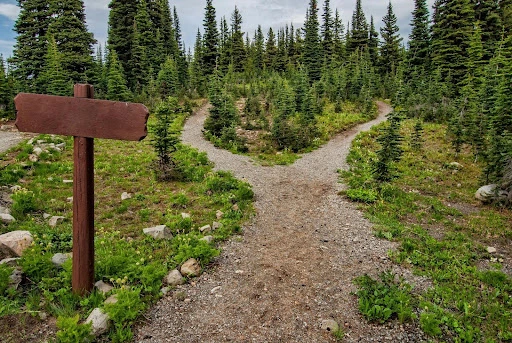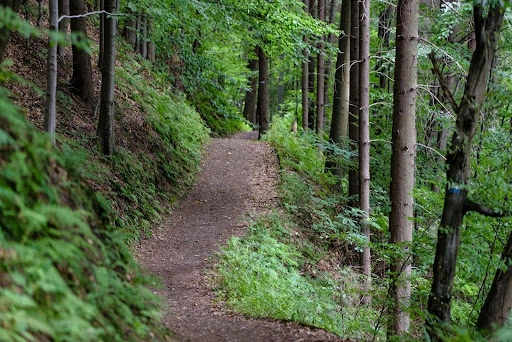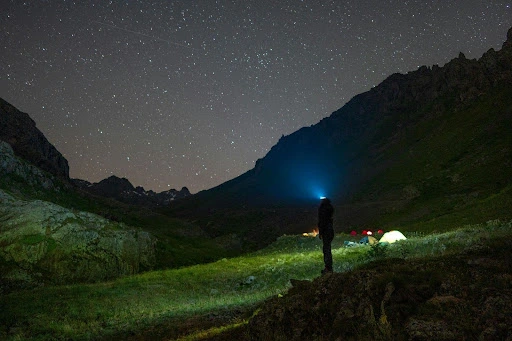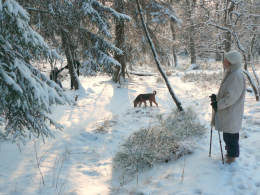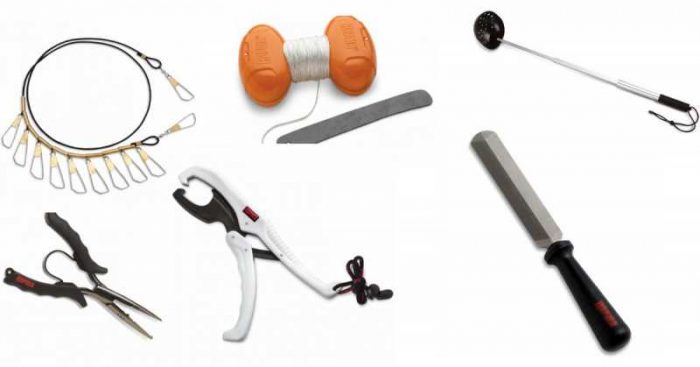We’ve all been there – you’re having a great hike when suddenly that clear trail just vanishes at some unmarked junction, and you’re standing there wondering which way to go. I’ve seen plenty of refreshing hikes turn into stressful nightmares when folks get turned around. The nice thing is that with some good prep and solid habits, you can avoid these scary moments entirely.
I’ve been hiking for years, and the strategies I’m sharing here have kept me on track whether I’m exploring a local park or venturing into remote backcountry. These aren’t fancy techniques – just practical, tried-and-true methods that actually work when you need them.
Table of Contents
Prepare Thoroughly Before the Trail
Here’s the thing about good navigation – it all starts way before you even get to the trailhead. I’ve learned this the hard way, and trust me, the prep work you do at home can save your bacon later.
Start with your research. You’ll want to get a solid topographic map that’s specific to your trail. I always identify key features like streams, ridges, and trail junctions before I head out. Digital apps are great too – download those maps for offline use because cell service disappears fast once you’re in the wilderness.
I always check recent trail reports or hit up local resources for the latest conditions. You’d be amazed at how quickly a storm or landslide can change everything about a route. Better to know beforehand than find out when you’re already committed.

You’ve got to develop a clear plan every single time. I define my starting point, where I’m ending up, and how long it should take – I usually figure about 2 miles per hour on flat terrain, slower if there’s climbing involved. The smart move is identifying bailout spots like roads or shelters in case things go sideways.
Share your itinerary with someone you trust. Give them your expected return time with a little buffer built in. If you’re heading somewhere without cell service, a satellite communicator is worth its weight in gold for sending updates if plans change.
Pack the essential navigation tools every time. A reliable compass paired with your map is absolutely critical for basic orientation. GPS devices are fantastic for precision, but you need to pr.
Don’t forget to check the weather forecast for your entire trip. Rain or fog can make trails disappear, and sometimes you’ve got to be smart enough to adjust your plans if conditions look sketchy.
Maintain Discipline on the Path
Once you’re on the trail, staying oriented comes down to staying focused. I’ve seen trails that looked obvious suddenly become confusing, and one wrong turn can mess up your whole day.
Stick to the marked paths. Those blazes, paint marks, signs, or cairns, are there for a reason. I get it, sometimes you want to chase a view or take what looks like a shortcut, but those faint side paths have a way of just disappearing on you. If you hit a junction that’s not clear, backtrack to the last marker you saw. It’s not worth the gamble.
Every few miles, I stop and confirm where I am using my map or GPS. Catching mistakes early beats trying to figure out where you went wrong hours later.
Pay attention to what’s around you. I make mental notes of distinctive landmarks – that weird-shaped tree, a sharp bend in the trail, a rocky outcrop. These become your breadcrumbs for retracing your steps if needed.
If you’re hiking with others, designate one person as the navigator and keep the group tight. Getting separated is how people end up in real trouble.
Watch your time like a hawk. If you’re falling behind, turn around rather than pushing into dusk when everything becomes harder to see. Keep yourself fed and hydrated, too, because when you’re tired or hungry, that’s when you miss blazes or misread your map.
Use Technology as a Support Tool
Technology can be awesome for trail navigation, but here’s the thing – it should never replace your basic skills.
Smartphone apps can track your route in real time, which is pretty cool. Just remember to enable airplane mode to save battery and preload those maps.
Dedicated GPS devices are tougher and more reliable when you’re really out there, especially for marking waypoints at key spots like trailheads or trail forks. Satellite communicators let you share your location or call for help without cell service, but test them out before you need them.
These days, you’ve got smartwatches with mapping features that give you quick route checks, though the batteries drain pretty fast. Some apps even use augmented reality to show virtual trail markers through your phone camera, but they’re power-hungry and don’t work great in bad weather.
And here’s my golden rule – always carry a map and compass as backup. Electronics fail, but analog tools just keep working.
Respond to Disorientation Effectively
Even with all your prep, trails can throw you curveballs. Snow can bury a path, or a marker might be knocked down. If you suddenly aren’t sure where you are, stop immediately.
I use the STOP method every time: Stop so you don’t wander further off course; Think about where you last knew exactly where you were; Observe for clues like footprints, distant landmarks, or trail signs; Plan your next move, which usually means backtracking to a spot you recognize. Moving forward when you’re unsure just makes things worse.
If you’re truly lost, it’s time to signal for help. Three whistle blasts or flashes from something reflective follow the universal distress code. Create a big “SOS” in dirt or snow so it can be seen from above. Stay put unless your location is dangerous – rescue teams start looking from your last known position.
If you’re with a group and get separated, the bigger group should stay in one place while a smaller team scouts briefly, then comes back. Always agree on a meeting point like the last junction before anyone splits up.
Final Thoughts
Avoiding getting lost on the trail really comes down to a few key things that I’ve learned work every single time. Thorough preparation – researching maps, planning routes, and packing reliable tools – sets you up for success from the start. Disciplined habits like following blazes, noting landmarks, and managing your time keep you on track once you’re moving. Technology is great when you use it as a backup rather than your only option.
If you do get turned around, staying calm and using systematic responses like the STOP method or signaling for help will keep you safe. The strategies I’ve shared here have worked for me on hundreds of hikes, and they’ll work for you too if you make them part of your routine.

